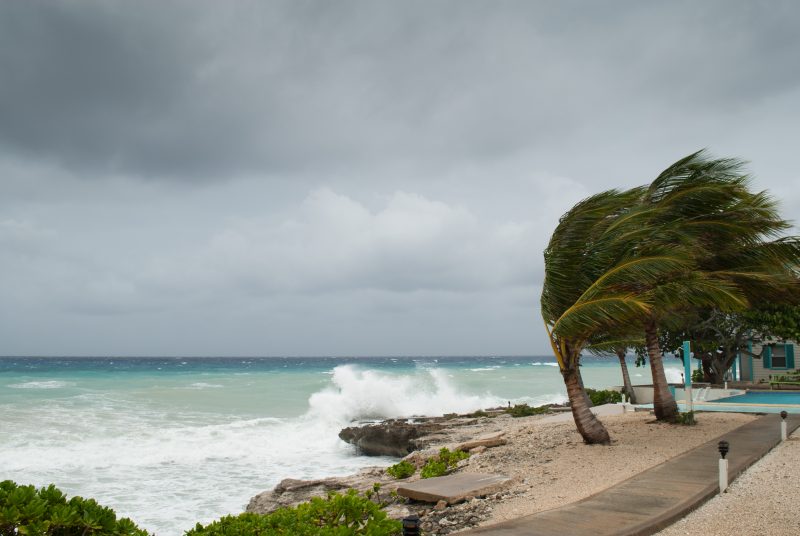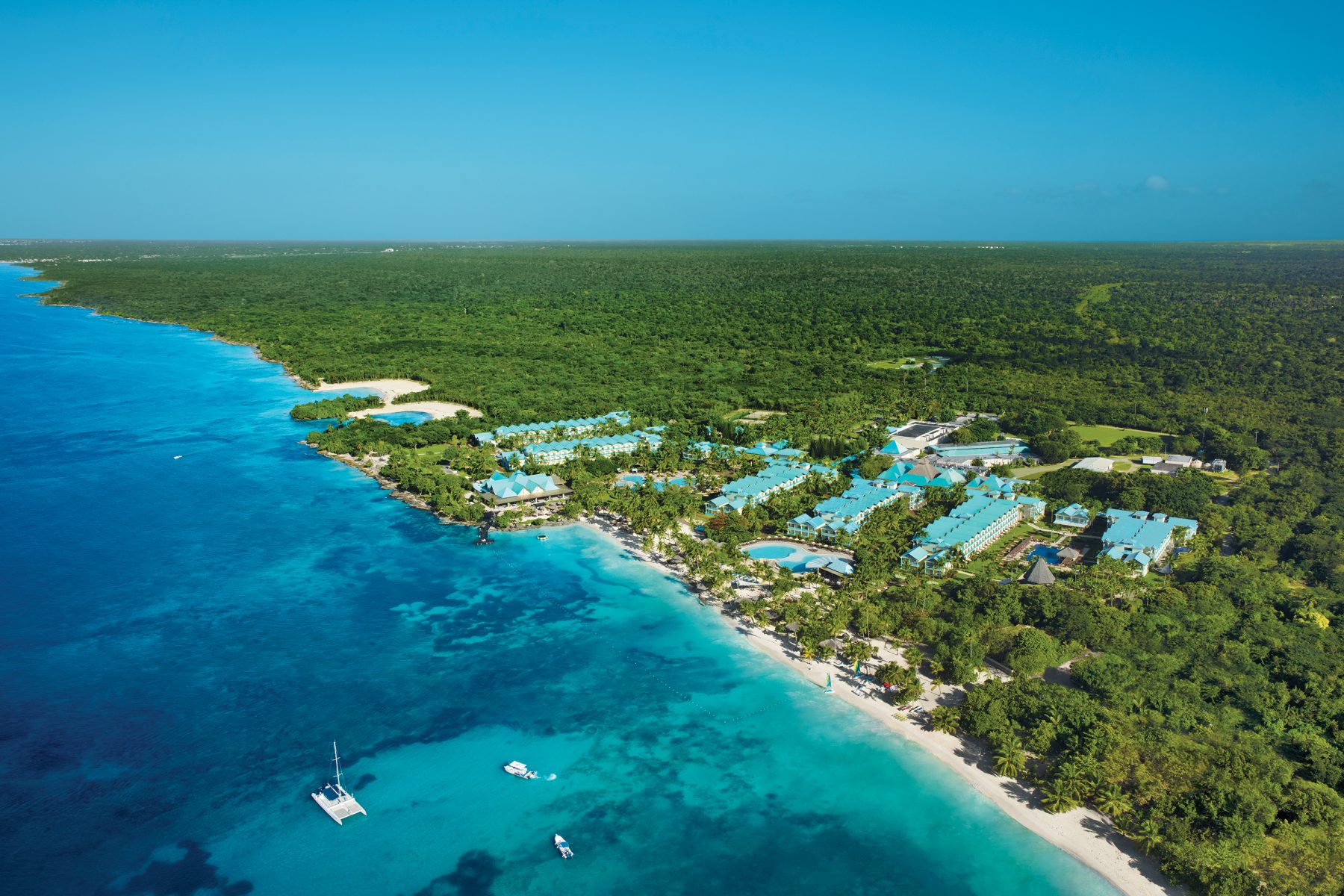Everything You Need to Know About Traveling During Hurricane Season
Signing up for credit cards through partner links earns us a commission. Terms apply to the offers listed on this page. Here’s our full advertising policy: How we make money.
Update: One or more card offers in this post are no longer available. Check our Hot Deals for the latest offers.
INSIDER SECRET: Pack right, register with the Smart Traveler Enrollment Program (STEP) and make sure to book your trip with a credit card that offers trip cancellation/interruption insurance when traveling during the Atlantic hurricane season.
If you couldn’t resist those low fares to Cancun in July or have already booked a family trip to Florida in August, we get it. Life (and travel) shouldn’t come to a full stop during the six months of the Atlantic hurricane season, which runs from June 1 to November 30.
First off, there are some ways to lessen your risk of encountering a monster storm. According to the National Hurricane Center, the peak season for a hurricane is mid-August to late October. In fact, the most common date for a hurricane is September 10. While traveling on either end of hurricane season, like June, July or November doesn’t erase the risk of a storm disrupting your vacation, it definitely lowers the risk.
Travelers looking for a hurricane season vacation also might want to consider heading to the islands closest to South America, which sit on the edge of the hurricane belt. The ABCs — Aruba, Bonaire and Curacao — are less likely to see a hurricane than destinations like Cuba, the Bahamas or even Florida.
Don’t Panic
If your trip happens to be smack in the middle of hurricane season and a potential hurricane zone (like that wedding you have in Miami on September 10) don’t panic. Just be sure to follow these six tips:

1. Pack Right
Packing these essentials in your carry-on bag is a good idea in case flight disruptions cause displaced or lost luggage:
- Extra undergarments/clothes.
- Medicines, especially prescriptions, that you can’t live without.
- A small flashlight.
- Ziplock baggies to store passport/documents during wet weather.
- Extra cash in local currency. (If the power is down during a tropical storm, the nearby general store isn’t going to be able to swipe your card for the food and water you need.)
- External USB charger.
- A deck of cards (vacation can get very boring after a few days without electricity).
- A travel-size first aid kit.
- A pair of sturdy shoes (not just flip flops).
2. Pad Your Travel Time
If you are traveling for a special event, make sure to travel at least a day early so you aren’t cutting it close. If there are flight disruptions due to inclement weather, this will help ensure you won’t miss whatever special situation is happening.
3. Ask the Right Questions
Many hotels and airlines will often let guests cancel without additional charges if a hurricane is predicted. Before booking, ask your hotel what their policy is if you have to cancel due to a storm or become trapped there due to a storm. Booking a rate where you have the option to cancel up until the day before/of travel is advisable during hurricane season. Many airlines will also issue weather waivers if bad weather is predicted, allowing you to either cancel or reschedule a trip without penalty. Make sure to check with the airline you are flying to see what sort of weather waiver system they offer.
4. Pay With a Credit Card that Gives You Travel Insurance
Pay for your trip with a credit card that offers travel insurance. This way you won’t have to shell out for extra travel insurance on top of the trip cost. These Chase cards offer some solid travel insurance options:
Both come with trip cancellation and interruption insurance that covers the cardholder and immediate family members for up to to $10,000 per covered trip with a maximum limit of $20,000 per occurrence (and a maximum benefit amount per 12-month period of $40,000). If you paid with Chase points, you’ll get a value of 1 cent per point. The fine print says that this is valid for “severe weather that prevents the start or continuation of a covered trip.” The cards also come with trip delay and lost baggage insurance. The Chase Sapphire Reserve goes a step further and provides emergency evacuation and transport coverage up to $100,000.
Apply Here: Chase Sapphire Preferred
Read our review of the Chase Sapphire Preferred
Apply Here: Chase Sapphire Reserve
Read our review of the Chase Sapphire Reserve
5. Be Aware
Make sure to monitor weather via the National Hurricane Center and stay on top of any weather alerts. Sometimes a forecast for severe weather will give you time to evacuate or come up with a plan B. Registering with the Smart Traveler Enrollment Program (STEP) and knowing exactly where the nearest US Embassy/Consulate is when traveling outside of the US is always a good idea, regardless of the weather.
6. Have a Plan B
If bad weather is predicted, consider whether you will even bother going on the trip. If you’re already there, decide whether to try to evacuate or hunker down. Consider your options and decide what is best.
For the latest tips and tricks on traveling big without spending a fortune, please subscribe to the Million Mile Secrets daily email newsletter.
Editorial Note: We're the Million Mile Secrets team. And we're proud of our content, opinions and analysis, and of our reader's comments. These haven’t been reviewed, approved or endorsed by any of the airlines, hotels, or credit card issuers which we often write about. And that’s just how we like it! :)






Join the Discussion!